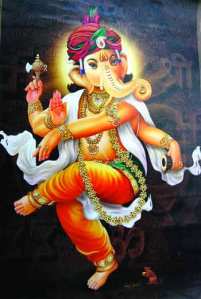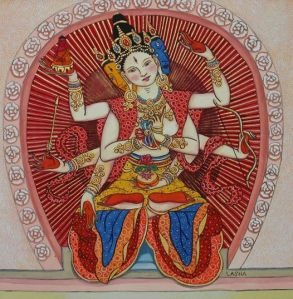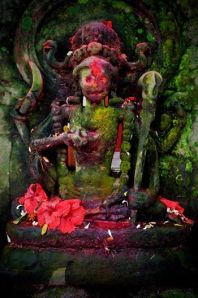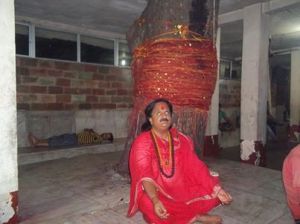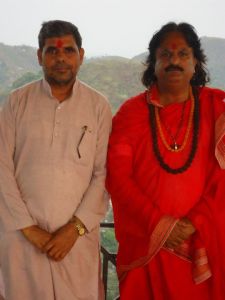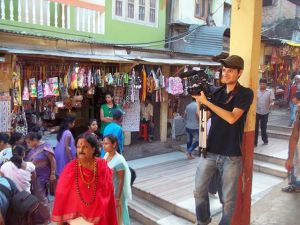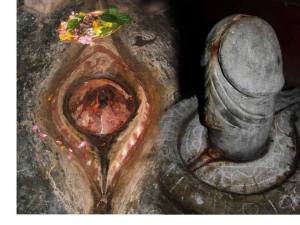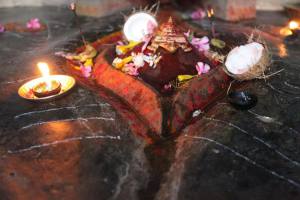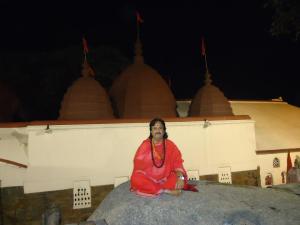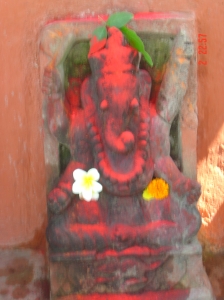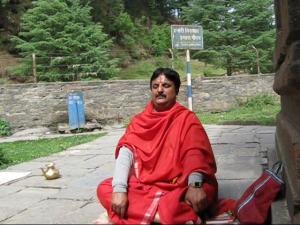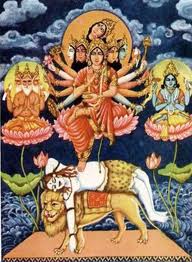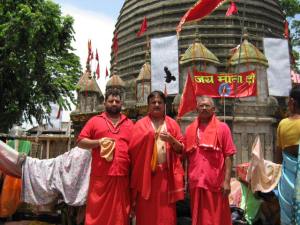Thursday 30 January 2014
Wednesday 29 January 2014
Tuesday 28 January 2014
Monday 27 January 2014
Saturday 25 January 2014
Wednesday 22 January 2014
Monday 20 January 2014
Sunday 19 January 2014
Saturday 18 January 2014
Friday 17 January 2014
Thursday 16 January 2014
BEEJ MANTRA OF DIFFERENT GODS/
BEEJ MANTRAS | |||
| |||
Wednesday 15 January 2014
Information about Lal Baba
- In 2008, he took his Gurudiksha from Tarini Baba of Kamroop Kamakhya Peeth,
- In 2010 he took Sri Vidya Diksha from Avdhoot Baba
- In 2012 he took Kundalni Jagran Diksha from Pujya Sadguru Priya Nand Ji Maharaj
sipritual guide.
Pundit Prakash
Teacher of Vedic Astrology at Zodiac Pundit
Ashok Jhaji is a divine person and we all have a lot to learn from him and seek his guidance. I respect his knowledge and wisdom that he has achieved through his meditation and dedication .We all are blessed by his profound knowledge and guidance to achieve the upliftment of the soul.God Bless him.July 7, 2013, Pundit was ASHOK KUMAR's clientGANESH RAMACHANDRAN
Life Changing Mind Engineer & Founder, Life Improvement Mind Engineering (LIME) 4500+ Professionals&Experts as contacts
Swami ji Ashok Kumar is a positive person charged with amazing spiritual energy and aura. His very presence would make us on the right path in life and as a Devi Upasaka, his words are potent with a lot of spiritual ambiance. He is an asset to our Mother Nation.June 24, 2013, GANESH was ASHOK KUMAR's clientfreelancer spiritual guide.
SELF EMPLOYED.
Ranjna Sharma
Soul Trainer
Ashok is a spiritual being and has a lot to contribute. I respect his knowledge and the Gyan that he has achieved through his meditation and dedication to the enhancement for his Soul.June 9, 2013, Ranjna was with another company when working with ASHOK KUMAR at SELF EMPLOYED.anoop jha
GM-Marketing at UBITECH (P) LTD.
He is a spiritual guide who helps you to attain peace and discover yourself spiritually and face this competative world with smile.May 29, 2013, anoop was ASHOK KUMAR's clientManoj Jha
Head - Strategic HR
Ashok ji is one of the best example of how a professional person develops spiritual aspects through years of learning & practice. What is wonderful is the simplest way he facilitates others in process way in developing spiritual aspects.May 28, 2013, Manoj worked with ASHOK KUMAR at SELF EMPLOYEDfreelancer spiritual guide.
SELF EMPLOYED.
shade Gab
Spiritual Teacher at Shadelook
Ashok is a truly blessed Intuitive Guidance, Spiritual Healer who takes Healing Energy work
seriously and to another level.He is able to perform energy cleansing and rests to help clear you
of any Negativity.
His main objective is to work hard in delivering high quality workKence GeorgeyRe-order
Founder at Eco Trails Kerala
Ashok Jha has extremely excellent knowledge about Spirituality & Indian Vedanta.. He is the right person to approach for any such consultancy in Spiritual / self-development / knowledge affairs.. Kence GeorgeyJuly 12, 2013, Kence was ASHOK KUMAR's clientFrida Maria Siton
Metaphysical Therapist at Spirit Release Forum
Ashok Jhaji is blessed with the healing energies from Divine Mother/Father God. These healing energies empower and bless his clients at all levels; physically, emotionally, mentally and spiritually bringing positive transformation into their lives.July 19, 2013, Frida Maria was ASHOK KUMAR's clientN P Singh
Managing Partner
I know him since last 16 years he has the blessings of maa kamakhya devi, siddhas, his own guru, his sixth scence is very strong,he must be a saint in his previous life.July 19, 2013, N P was ASHOK KUMAR's clien

Ramesh vyas Ramesh vyas ·Busnessman Gems &jewl at Astrologer To: ASHOK KUMAR JHA Date: September 27, 2013 Ramesh vyas has recommended your work as sipritual guide. at . This recommendation is visible in your profile. Dear ASHOK KUMAR, I've written this recommendation of your work to share with other LinkedIn users. Details of the Recommendation: Service Category: Business Consultant Year first hired: 2012 (hired more than once) Top Qualities: Great Results, Expert, High Integrity“
Saturday 11 January 2014
TANTRA KRIYA YOGA.
Certain knowledge of the subtle body is required before one can begin the practice of
Tantric Kriya Yoga. This information includes the approximate location of the chakras
and other key energy points. Only the most basic fundamentals will be presented here, for
it is up to the serious practitioner to experience for him or herself. The key to success is
regularity, not how much one spends at a particular meditative session. Fifteen minutes
once a week every week is much better than one hour every now and then. Fifteen
minutes every day is a good goal for the beginner, but it is OK if you only do it once a
week. We will be adding at least one technique a lesson, and you will find the length of
your Kriya meditations extending naturally.
It is important to note that different spiritual traditions present disparate information
concerning the structure of the subtle body including the chakras and nadi system.
Each
tradition including Hindu, Buddhist, and Taoist, mention the subtle body in ancient
sacred texts, but tend to disagree on the number of chakras and their attributes. For
instance the East Indian Tantric system generally states that there are 7 chakras, while the
Buddhists mention only 5. In their book, The Body of Light, Lar Short and Thomas Mann
discuss this phenomenon and present possible explanations. Their final advice is most
important: Do not let this be an obstacle. After years of Kriya practice, I have identified
no less that 20 energy points that have become part of my psychic being. These points
made themselves known to me over time as I increased my sensitivity. One can start with
any of the systems, but let your own experience be the guide by tuning into your inner
being.
With this in mind, a good starting point is the East Indian Tantric system. For those who
do desire a more complete explanation of this tradition, there are several excellent
Western texts that discuss the chakras with related techniques and meditations. The
classic is Kundalini Yoga for the West by Swami Sivananda Radha (Shambhala). Another
is Wheels of Life by Anodea Judith (Llewellyn) and more recently, Chakras by one of my
teachers, Harish Johari (Destiny Books). These three will give the reader more than
adequate coverage of the chakras and their associated attributes. These attributes include
sounds, senses, emotions, symbols, colors, elements, desires and obstacles. Once again,
however, don't let book study circumvent your own direct experiences. What you
experience is your reality; books can only present vague maps to those who seek the way
to transcendence.
One of the purposes of Kriya Yoga is to open and purify the chakras, nadis, and channels.
This will allow life force energy to flow easily through these centers and systems.
Though chakras and nadis are not physical in nature, that is, they are not to be found in
the physical body, when they become energized there are bodily sensations that occur on
the physical level. These sensations include warmth, tingling, pulsing, pressure, etc. As
Kriya practices take the aspirant into deeper states of consciousness, one's awareness of
these sensations will begin to refine and become very localized.













.+Located+near+Osaka,+Japan.jpg)



.jpg)





